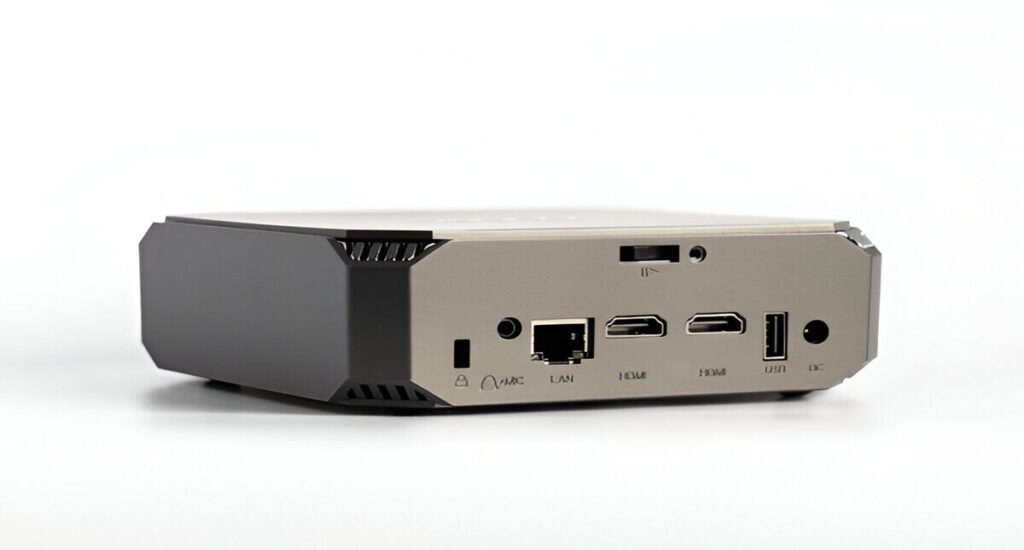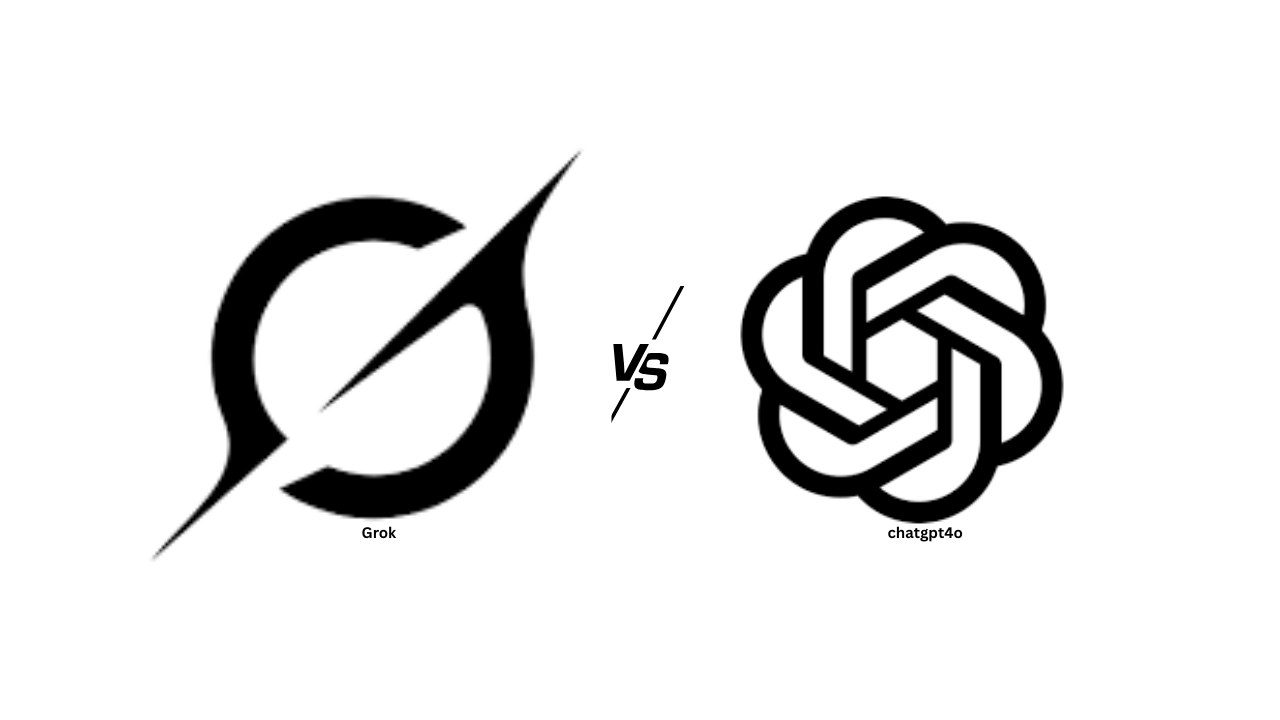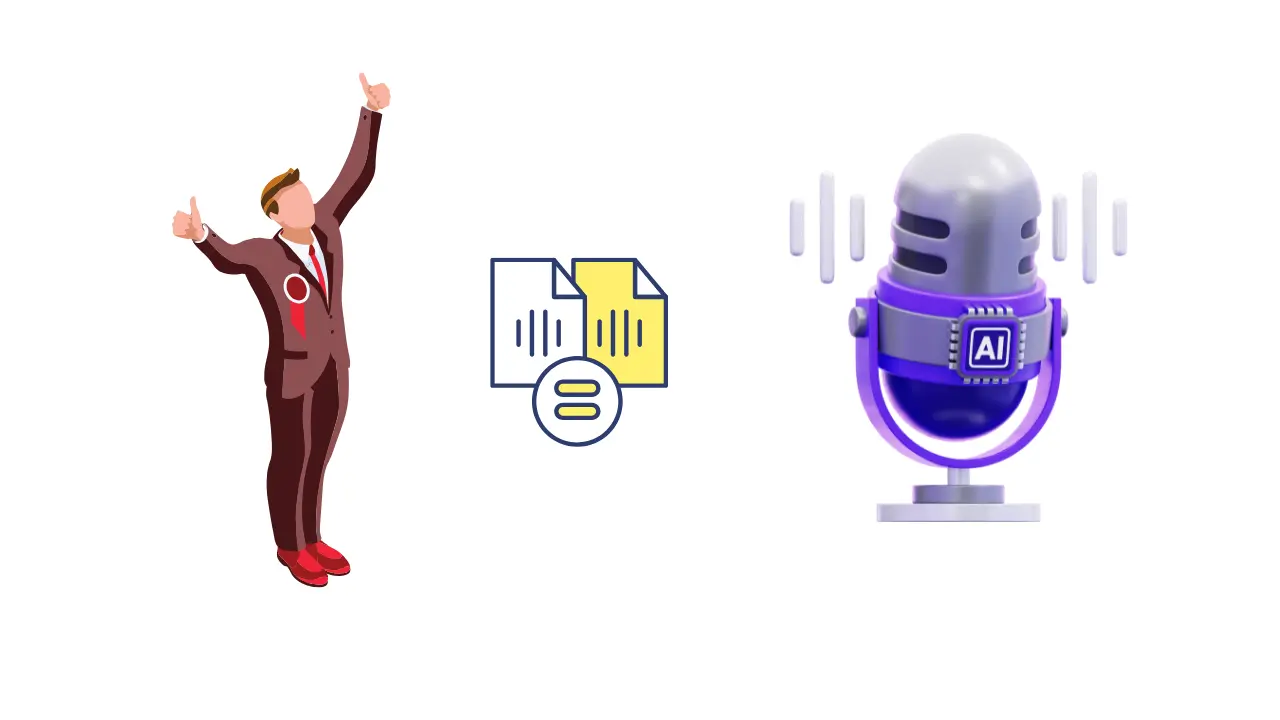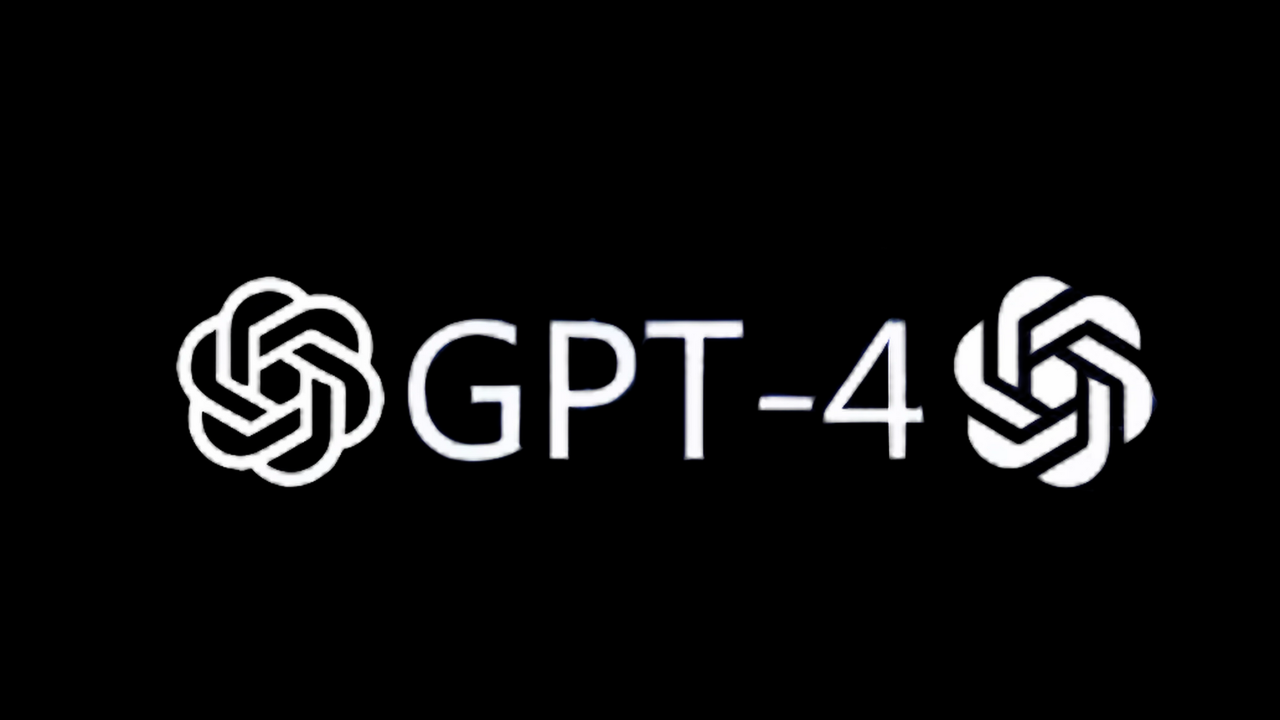In today’s fast-changing work environment, businesses are always looking for smarter and more efficient technology solutions. One such popular trend is the growing use of mini PCs in offices. These compact devices are now a common sight in many workplaces around the world. But why are so many companies switching to mini PCs? Let’s explore the main reasons why mini PCs have become the go-to choice for modern offices.
Space-Saving Design
One of the biggest reasons offices use mini PCs is their small size. Unlike traditional desktop computers, which are large and bulky, mini PCs are compact and lightweight. They can easily fit behind a monitor, under a desk, or even be mounted on a wall.
In many offices where space is limited, this design is a huge advantage. It helps create a cleaner, more organized workspace and allows employees to have more room on their desks for other tasks.
Energy Efficiency
Mini PCs use less power compared to regular desktop computers. This makes them an eco-friendly option and helps reduce electricity costs. Since offices often run dozens or even hundreds of computers all day long, switching to energy-efficient mini PCs can lead to big savings on power bills.
Many mini PCs also come with energy-saving features that automatically reduce power use when the computer is idle. This is great for businesses looking to lower their carbon footprint.
Cost-Effective Choice

Another major benefit of mini PCs is their affordability. While prices vary based on features, mini PCs generally cost less than full-sized desktops. They also have fewer moving parts, which means less maintenance and fewer repairs.
For companies that need to set up many workstations on a budget, mini PCs offer the perfect balance between performance and price. It’s a smart investment for startups, small businesses, and large enterprises alike.
Easy to Maintain and Upgrade
Mini PCs are designed to be simple and easy to manage. Many models allow users to upgrade storage or memory without needing special tools. This makes them ideal for IT departments that want quick access for upgrades or repairs.
Also, since mini PC are lightweight, it’s easy to move them between different desks or departments. This flexibility is great for offices that often change their layouts or seating plans.
Strong Performance for Office Tasks
Mini PCs are powerful, despite their diminutive size. Most models today come with modern processors, solid-state drives (SSDs), and enough RAM to handle all common office tasks like emailing, web browsing, document editing, video conferencing, and data entry.
For most office workers, a mini PC delivers all the speed and performance they need without any slowdown. Unless you need a high-end machine for video editing, 3D modeling, or gaming, a mini PC can handle everyday work with ease.
Better Security and Centralized Control
Mini PC can be easily integrated into secure networks, allowing IT managers to monitor and manage devices from a central location. This is especially helpful in large offices or remote work settings where controlling multiple devices is necessary.
Some mini PC are even designed for enterprise use, offering extra features like trusted platform modules (TPM), secure boot, and data encryption—making them a safe and reliable option for businesses.
Quiet Operation
Traditional desktop computers often have large cooling fans that create noise. Mini PC, on the other hand, are much quieter. Many use fanless cooling systems or ultra-silent fans.
A quiet office helps reduce distractions, especially in open-plan workspaces. Employees can concentrate better, and meetings are less likely to be disturbed by the sound of noisy machines.
Ideal for Remote and Hybrid Work
As more companies offer flexible work options, mini PC make it easy to set up remote workstations. Their small size and lightweight design allow employees to carry them home or use them in shared spaces.
Businesses can provide mini PCs to remote workers without worrying about bulky hardware or shipping costs. This makes them a perfect choice for today’s hybrid work models.
Multiple Connectivity Options
Modern mini PC come with a range of connectivity options, including USB ports, HDMI, Ethernet, Bluetooth, and Wi-Fi. Some even support multiple monitors. This makes it easy to connect to printers, external drives, webcams, and other devices without any hassle.
Despite their compact design, mini PC don’t limit your ability to work with other technology in the office.
Stylish and Modern Look
Last but not least, mini PC offer a sleek, modern look that blends well with today’s stylish office designs. They remove the need for big, outdated CPU towers and help create a more modern tech setup.
Final Thoughts

Mini PCs are changing the way offices think about computing. They’re small, powerful, energy-efficient, and budget-friendly—making them the perfect solution for businesses of all sizes. Whether you’re setting up a brand-new office or upgrading old equipment, mini PCs offer a smart and future-ready choice.
As more businesses focus on flexibility, sustainability, and cost savings, it’s no surprise that most offices now prefer mini PCs over traditional desktops. They’re proof that big performance can come in small packages. Follow for more updates on Tech Education.





